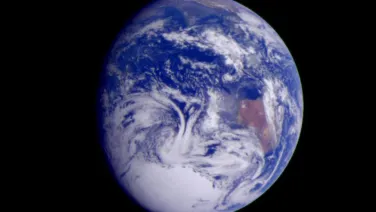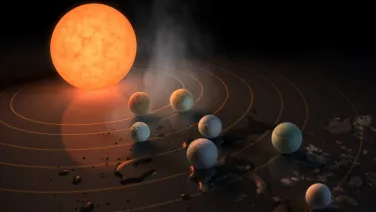
Research stories
Dive into the latest astronomical breakthroughs with the ANU Research School of Astronomy & Astrophysics. Discover our pioneering research from charting the Milky Way to unearthing new planets, providing new insights into the universe's mysteries. Explore stories that highlight our contributions to understanding space and its vast complexities.









